
On Saturday, 15th March 2025, the Big Iftar event was held in the Baitul Futuh Mosque in Morden, London by the Ahmadiyya Muslim Community to celebrate Ramadan with people of all faiths and none. Iftar is when Muslims break their fast after avoiding food and drink from dawn to sunset. This happens every day for 29 or 30 days, depending on how many days the Islamic month of Ramadan has in a given year.
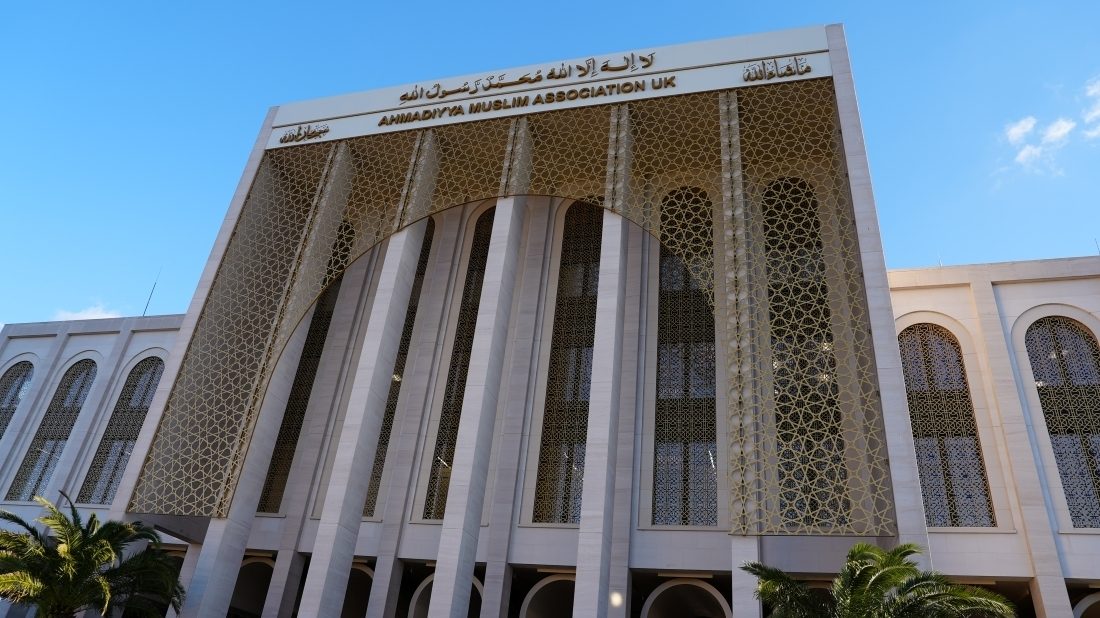
It was a big event; approximately 1500 people attended, including mayors and MPs. Guests were given a tour of the mosque and shows the various different exhibitions that had been set up for the occasion.
Ramadan is a special month for Muslims for one particular reason; it is the month in which our sacred book, the Holy Qur’an first started being revealed to the Holy Prophet Muhammad (sa), the founder of Islam. It’s for this reason that we fast in the month of Ramdan.
And it’s for this reason that I decided to dedicate this article to the Holy Qur’an Exhibition that was displayed during the Big Iftar in Baitul Futuh:
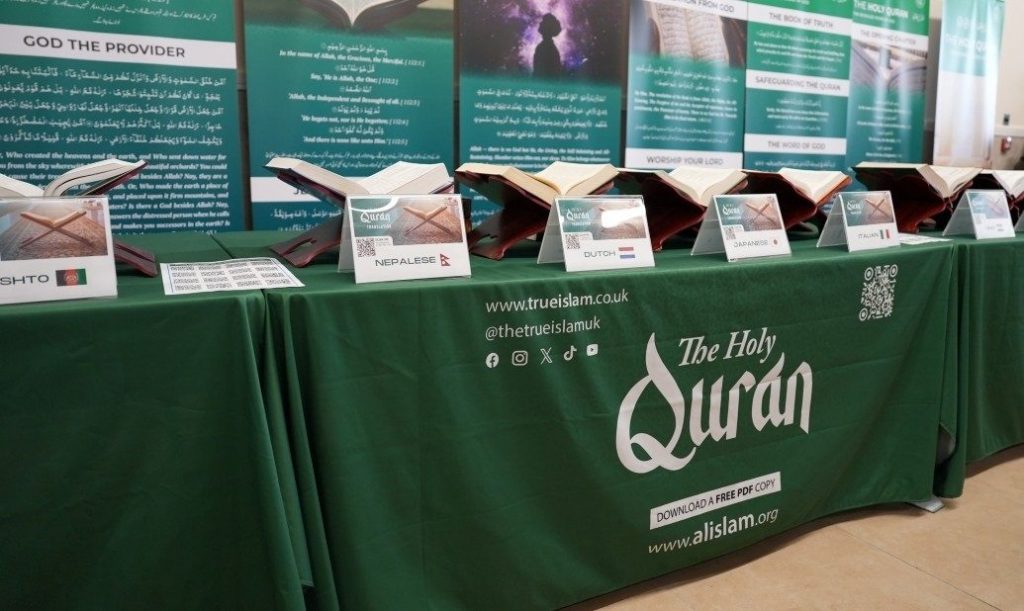
By the grace of Allah the Almighty, the Ahmadiyya Muslim Community has translated the Holy Qur’an into over seventy languages. Here’s just twenty of them, along with a brief description of each language:
Albanian
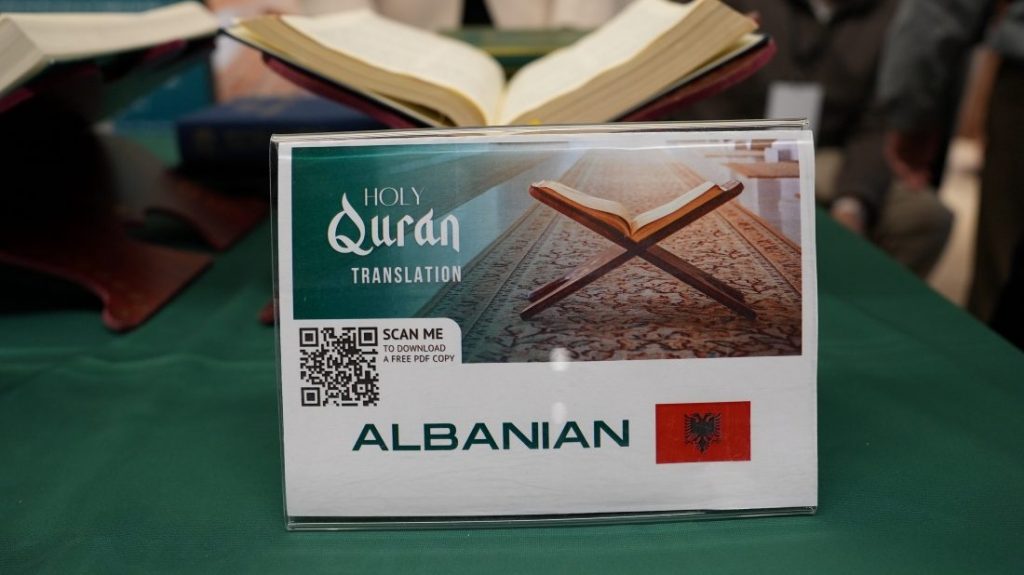
Albanian is the national language of Albania in Southeast Europe and has around 7.5 million speakers. The people of Albania refer to their language as ‘Shqip’.
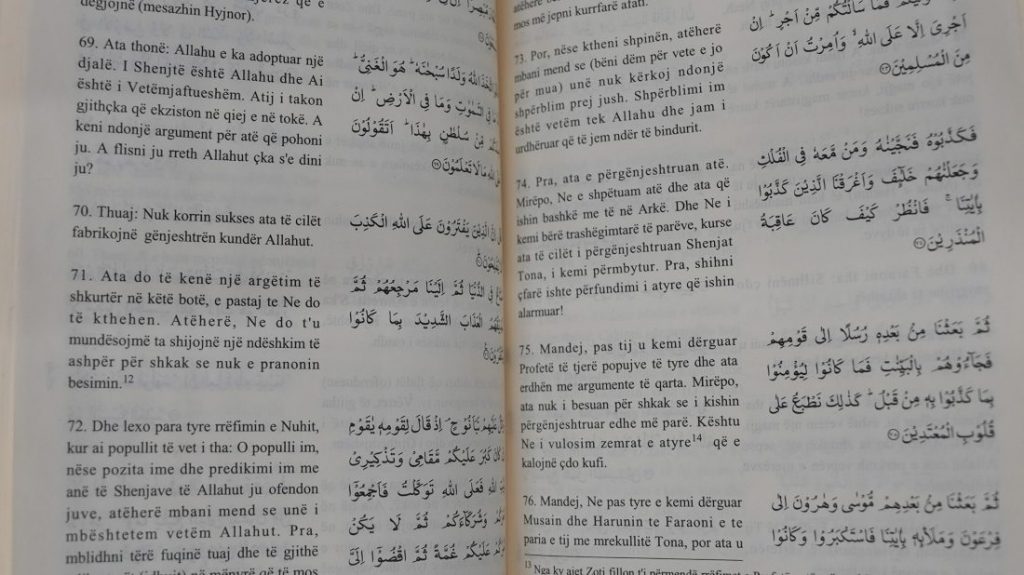
Albanian belongs to its own branch of the Indo-European language family and is therefore distantly related to English (although you really can’t tell to be honest). Albanian is the only member of its branch of the family, so there are no other languages which are closely related to it. It is therefore quite unique.
Bosnian
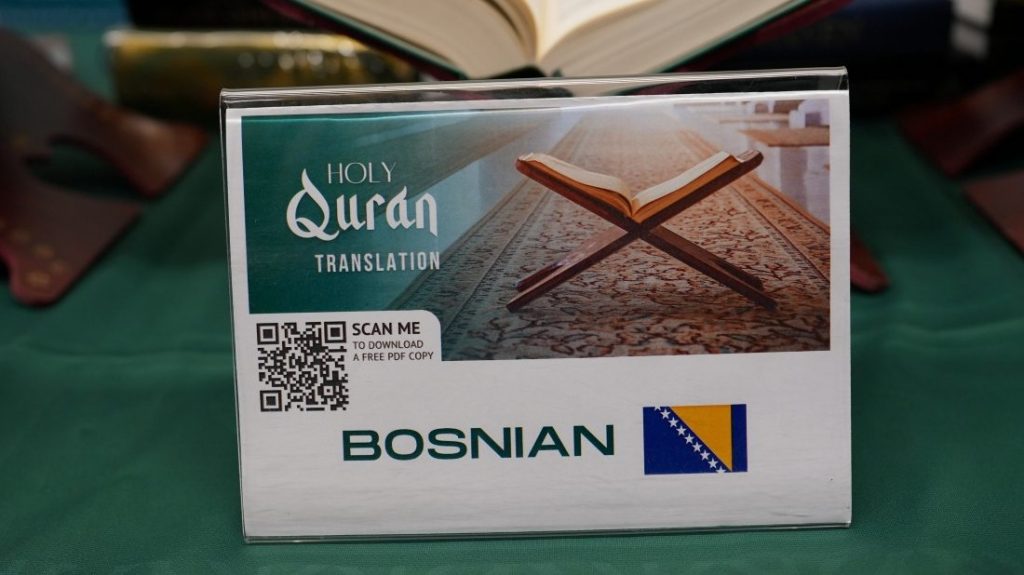
Bosnian is spoken by nearly 3 million people and is one of the three official languages of Bosnia-Herzegovina in Southeast Europe. The other two official languages are Serbian and Croatian, which are both mutually intelligible with Bosnia i.e. speakers can understand each other quite easily (as is the case with Hindi and Urdu).
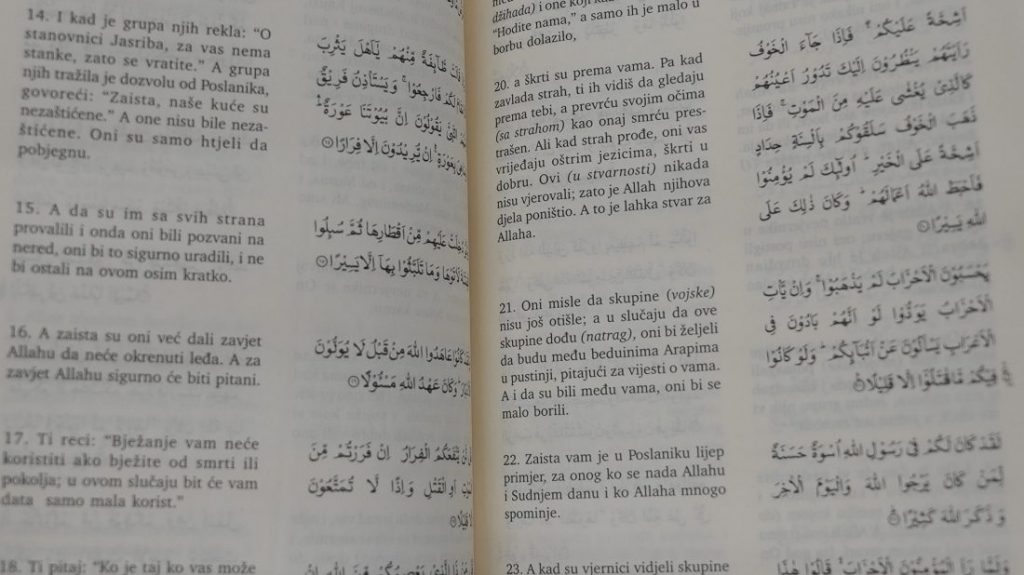
Bosnian belongs to the Slavic branch of the Indo-European language family. This means that it’s related to Russian, Polish and Czech, and more distantly related to English.
Chinese (Mandarin)
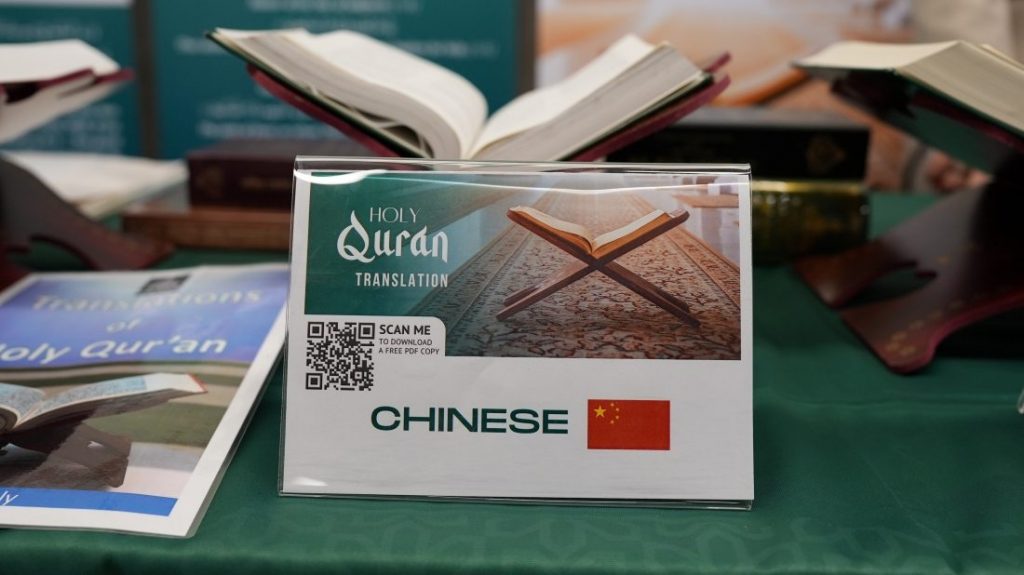
Mandarin is the official language of the People’s Republic of China. It is most spoken language on earth in terms of native speakers (approximately 1.2 billion) and still the second most spoken language when you rank by total number of speakers (first place then goes to English).
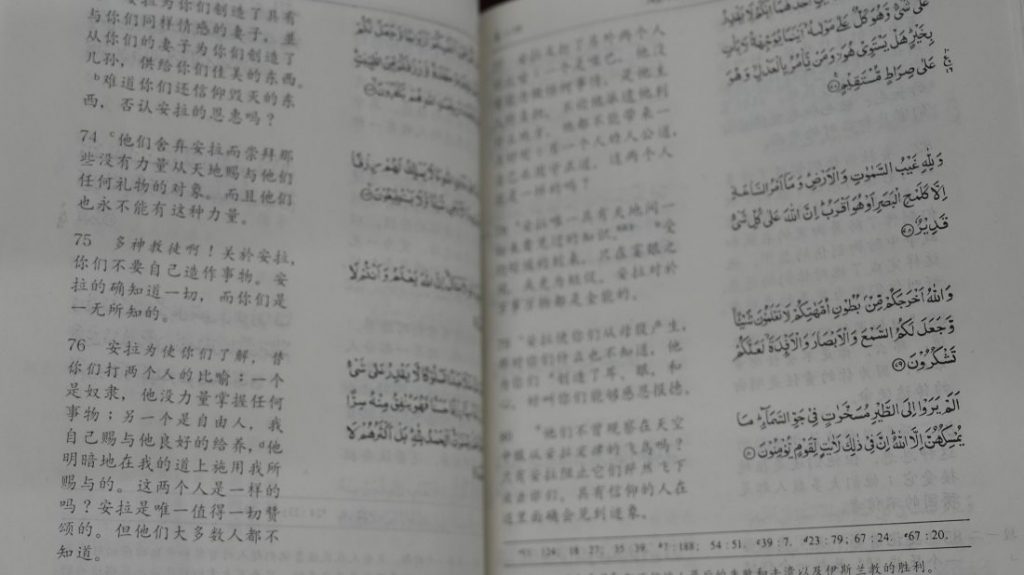
Mandarin belongs to the Sino-Tibetan language family; it is closely related to Cantonese (spoken in Hong Kong, among other places) and distantly related to Tibetan. Mandarin has four tones; the pitch of a vowel (the way you sing it) can change the meaning of a word.
Dutch

Dutch is the official language of the Netherlands in Northwest Europe and Suriname in South America. It is also an official language in Belgium (which borders the Netherlands) in addition to French and German. Approximately 30 million people speak Dutch worldwide.
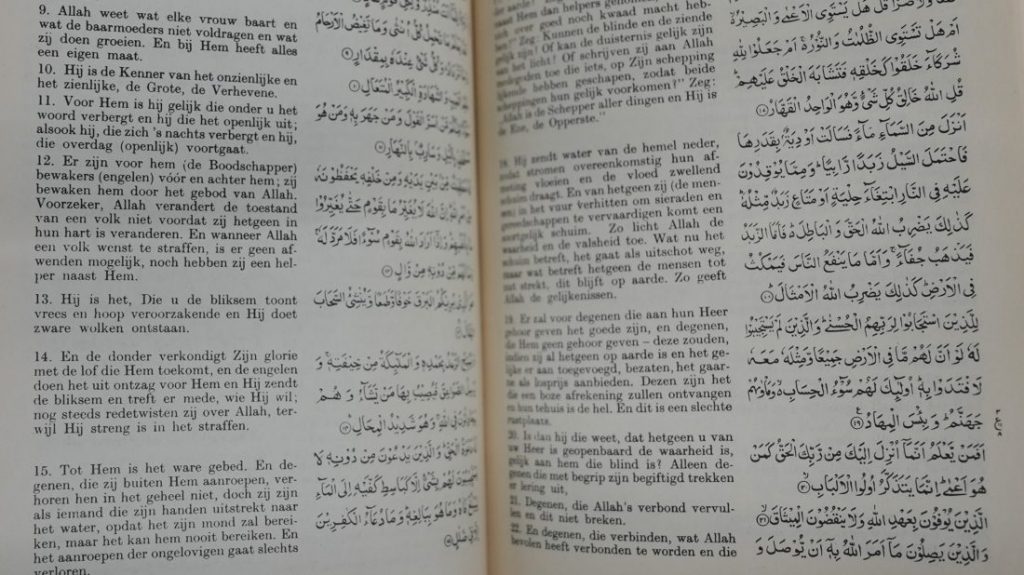
Dutch belongs to the Germanic branch of the Indo-European language family. This means that it is closely related to English, German, Norwegian, Swedish and Danish.
English
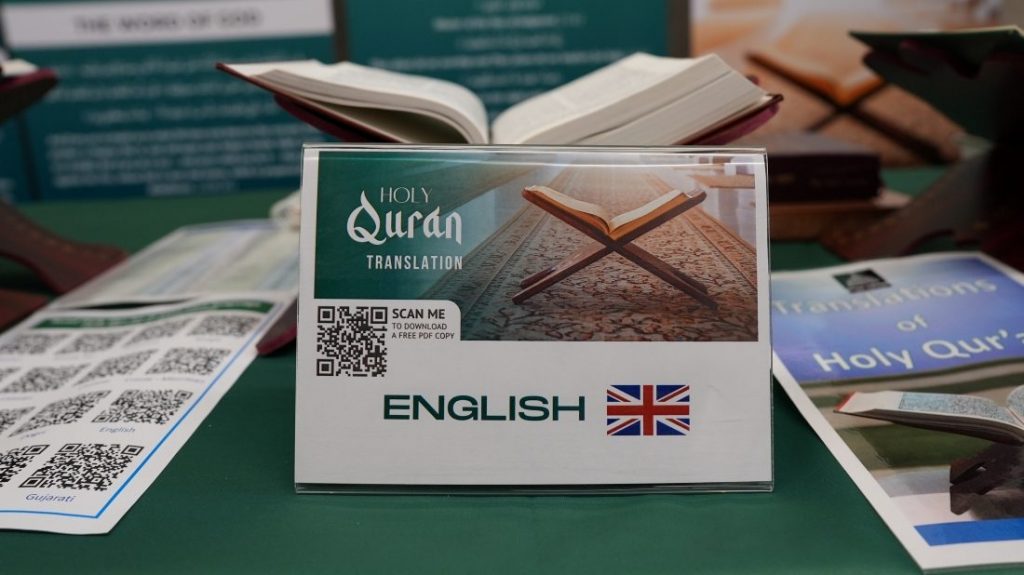
English has about 400 million native speakers but close to 2 billion total speakers, making it the most widely spoken language on planet earth in terms of total number of speakers. It is spoken natively in the USA, Canada, UK, Australia and New Zealand among other nations.

English belongs to the Germanic branch of the Indo-European language family. and is closely related to Dutch, German, Swedish, Danish and Norwegian. English is also distantly related to Russian and Urdu/Hindi. Over the centuries, English has had a huge influx of vocabulary from French and Latin, leading to a strong superficial resemblance with the Romance languages, especially when it comes to more technical vocabulary.
English Braille
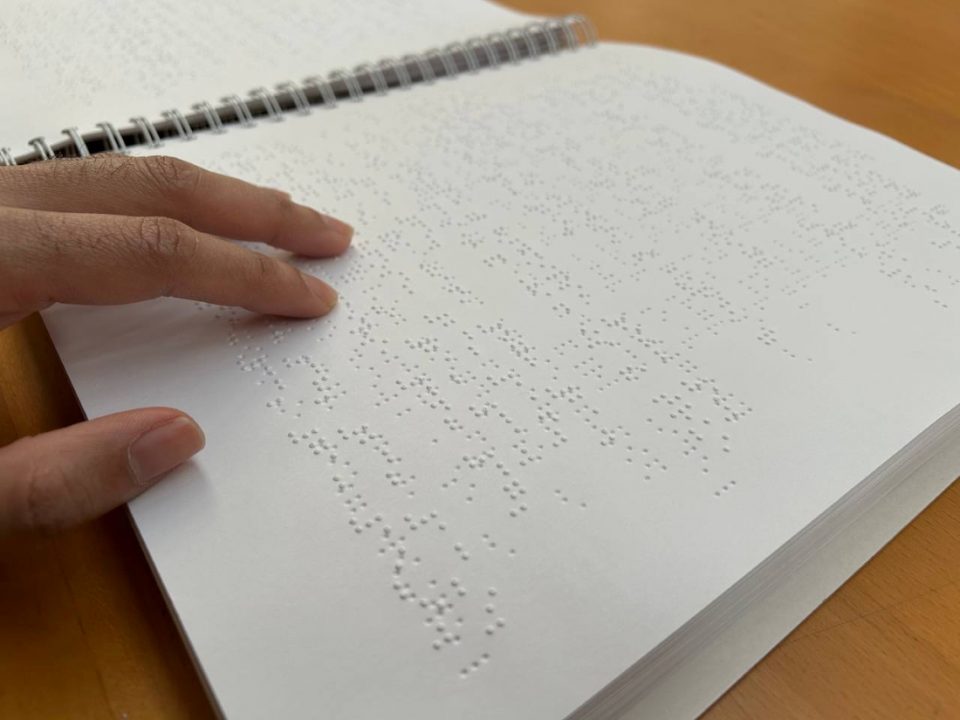
Braille was first developed by the Frenchman Louis Braille in the 1800s as a tactile alphabet to help those who are visually impaired. Just as many different languages can be written down with one alphabet (e.g. English, French, German etc.), many different languages are written in Braille and there are different kinds of Braille (just as there are also different alphabets e.g. Roman, Arabic, Cyrillic etc.); there is not one system that is used by everyone who is visually impaired. For instance, the picture above shows an English translation of the Holy Qur’an transcribed into Braille.
French
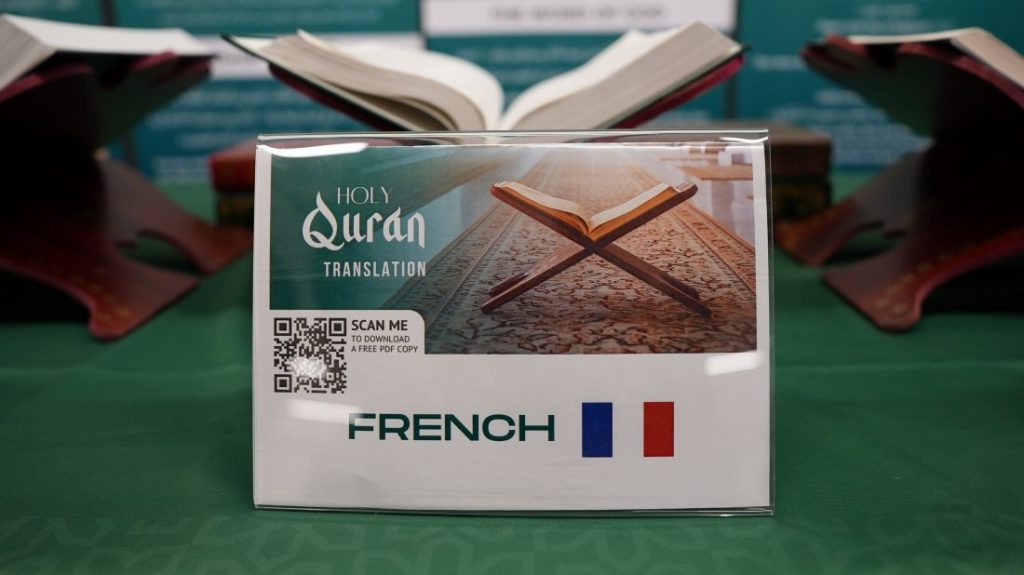
French is spoken around the world by roughly 300 million people in total. It is spoken in France, Quebec (Canada), Monaco, parts of Belgium and Switzerland as well as many nations in Africa.
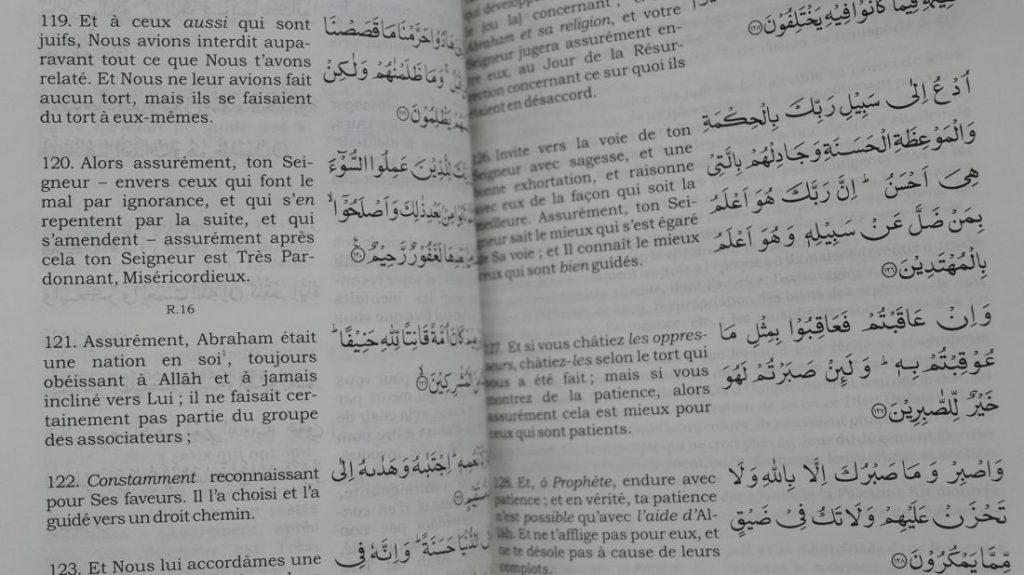
French belongs to the Romance branch of the Indo-European language family. It is closely related to Spanish, Portuguese and Italian and like these languages is descended from Latin, which was spoken by the Ancient Romans.
German
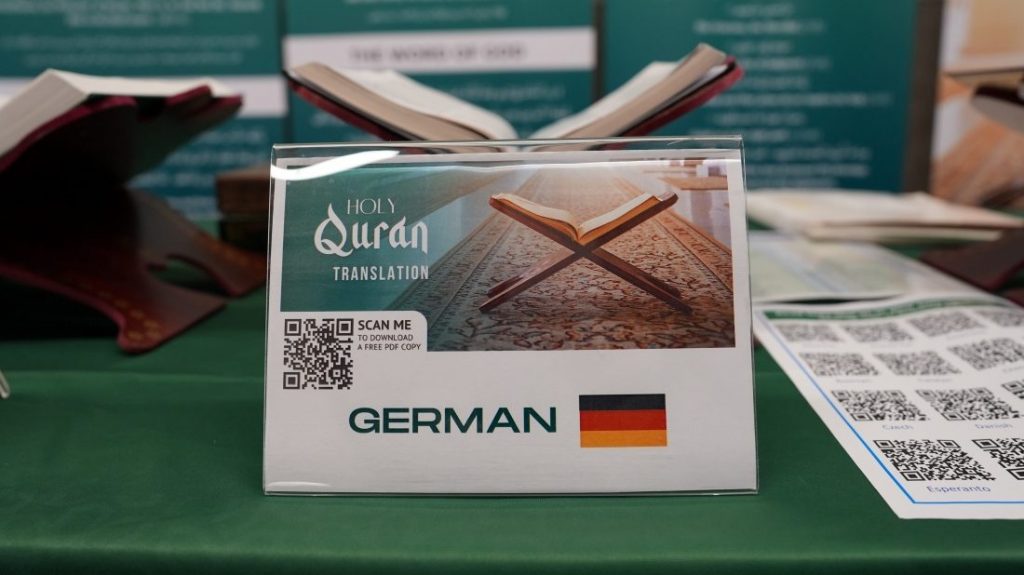
German is spoken by nearly 100 million people throughout central Europe; it is spoken in Germany, Austria, most of Switzerland, among other places. It is also spoken in the African nation of Namibia.
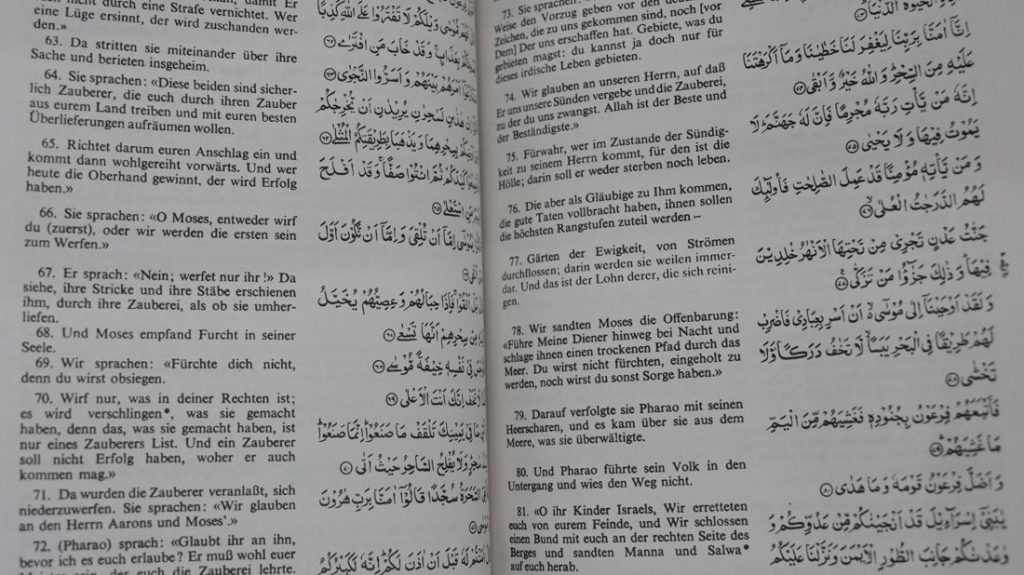
German belongs to the Germanic branch (no surprise there) of the Indo-European language family. It is closely related to English, Dutch, Swedish, Norwegian and Danish.
Greek
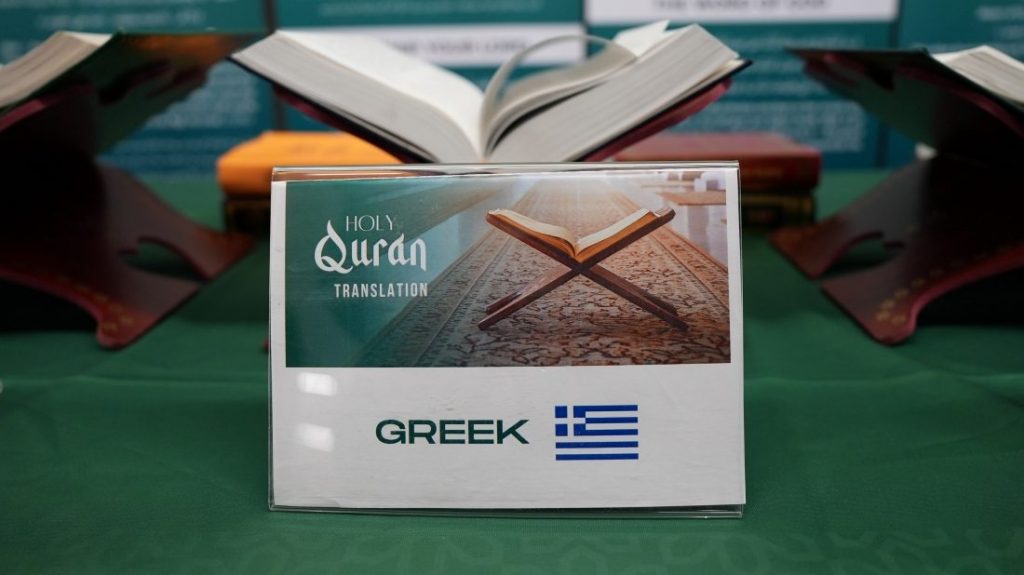
Greek is the official language of Greece and is spoken by about 13 million people. It is descended from Ancient Greek, which was the language of famous philosophers like Socrates, Plato and Aristotle.
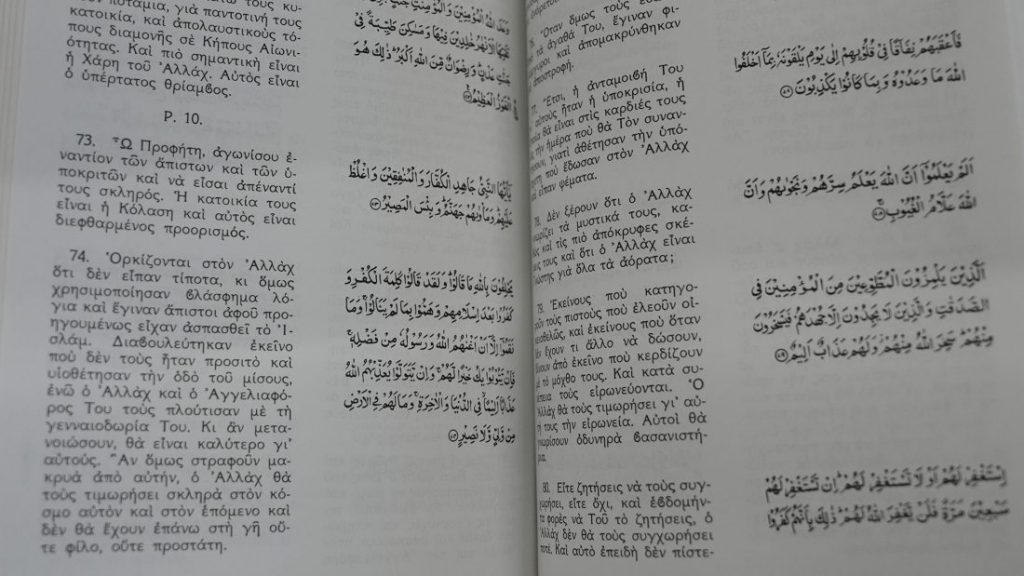
Greek belongs to the Hellenic branch of the Indo-European language family. Like Albanian, Greek is the only member of its branch. It is distantly related to English.
Hindi
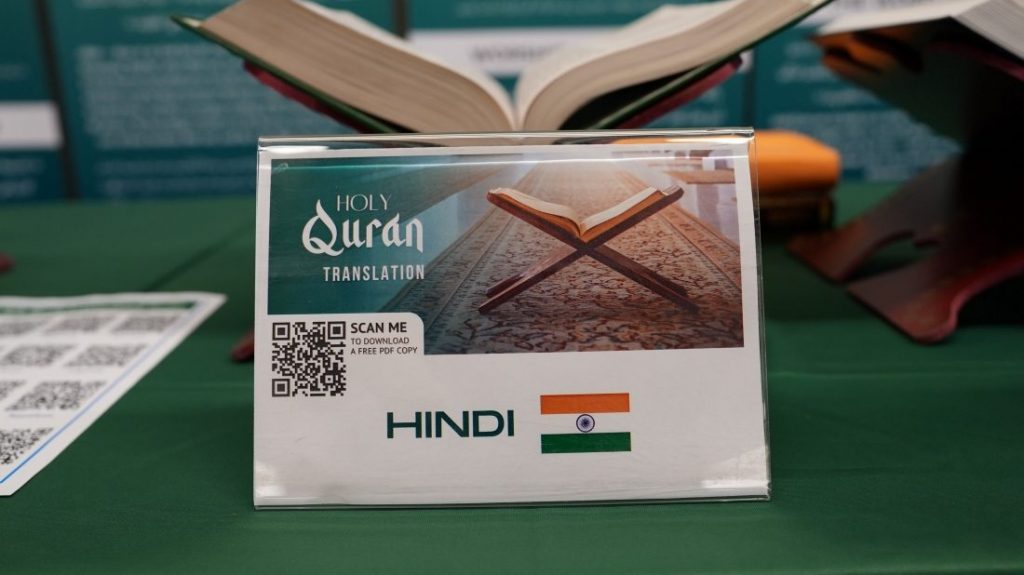
Hindi is spoken by about 600 million people, mostly in India, where it is an official language at the national level.
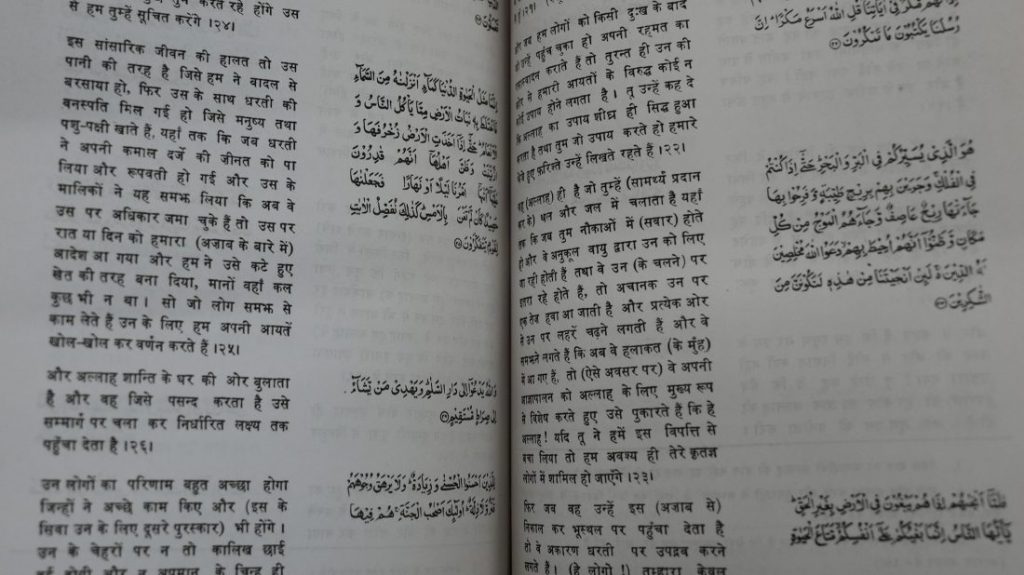
Hindi belongs to the Indo-Aryan branch of the Indo-European language family. It is mutually intelligible with Urdu (practically the same spoken language). It is very similar to Punjabi and is closely related to Sindhi, Gujarati and Nepali among other languages. It is a little more distantly related to Marathi and Bengali. Hindi is descended from Sanskrit which is the holy language of Hinduism. Hindi is very distantly related to English.
Italian
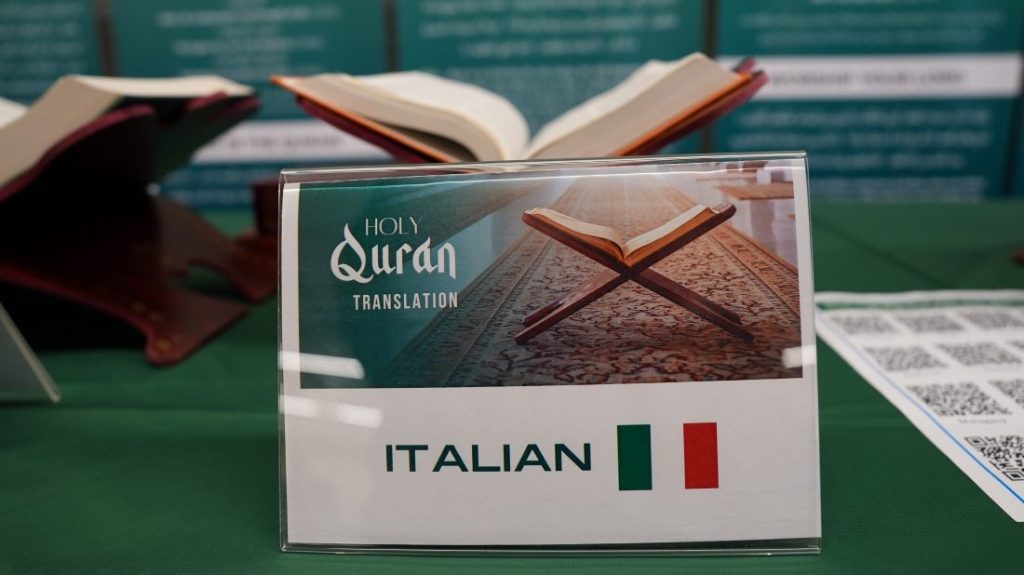
Italian is the official language of Italy and is spoken by nearly 70 million people.
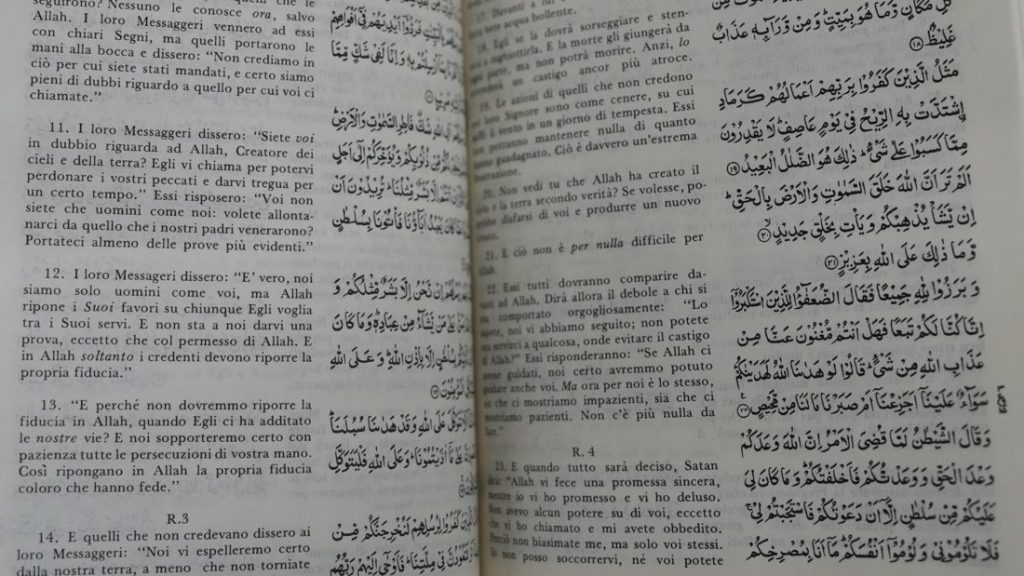
Italian belongs to the Romance branch of the Indo-European language family. It is closely related to Spanish, Portuguese and French. It is descended from Latin.
Japanese
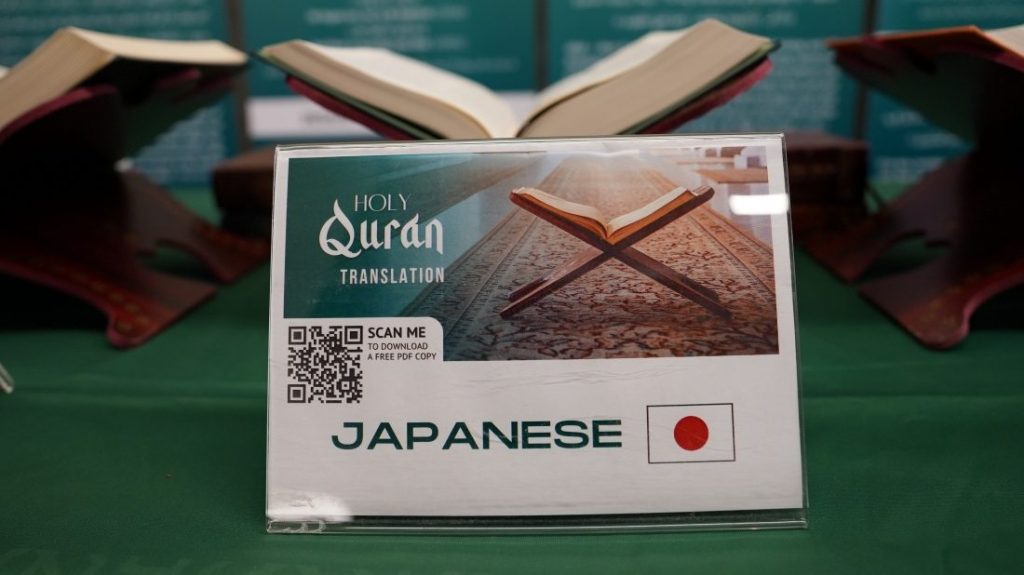
Japanese is the national language of Japan and is spoken by approximately 120 million people.
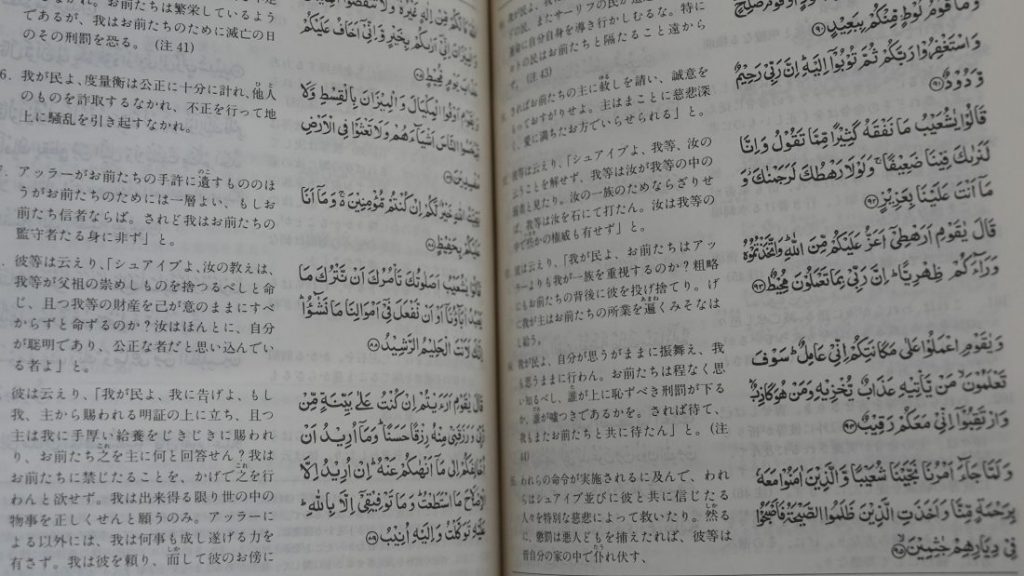
Japanese is a language isolate. This means that there are no other languages that it is related to, not even distantly. It is completely unrelated to Chinese, although there are strong similarities in their writing systems. Japanese is therefore a very unique language.
Nepali
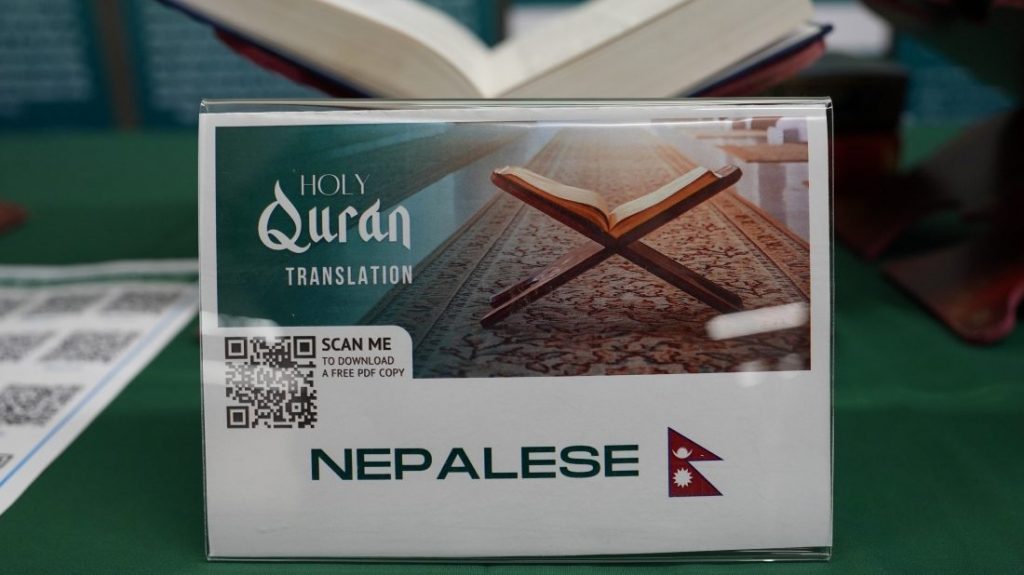
Nepali (also known as Nepalese) is the national language of Nepal and is spoken by about 30 million people.
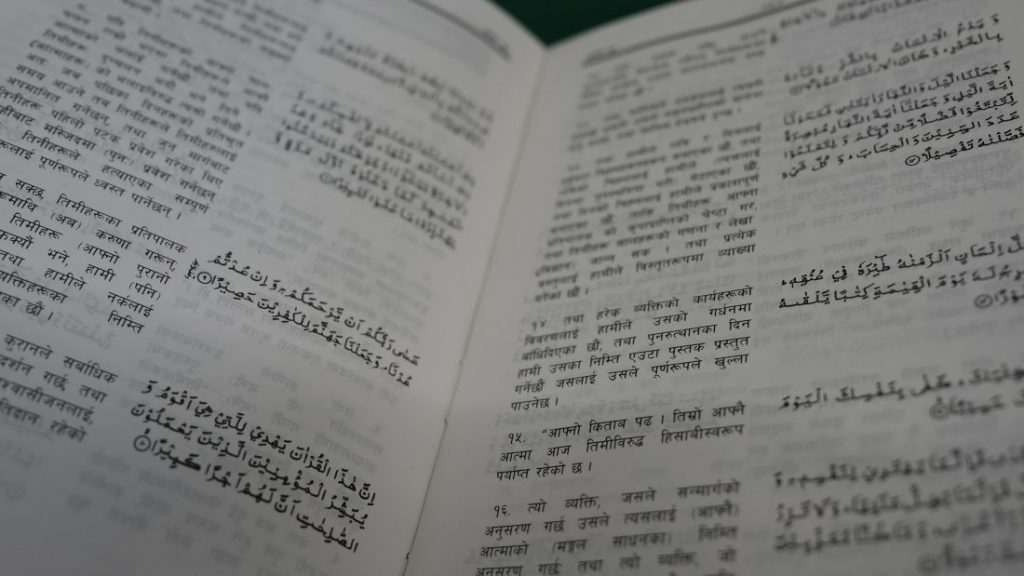
Nepali belongs to the Indo-Aryan branch of the Indo-European language family. It is closely related to Hindi and is written in the same script as Hindi. It is very distantly related to English.
Pashto
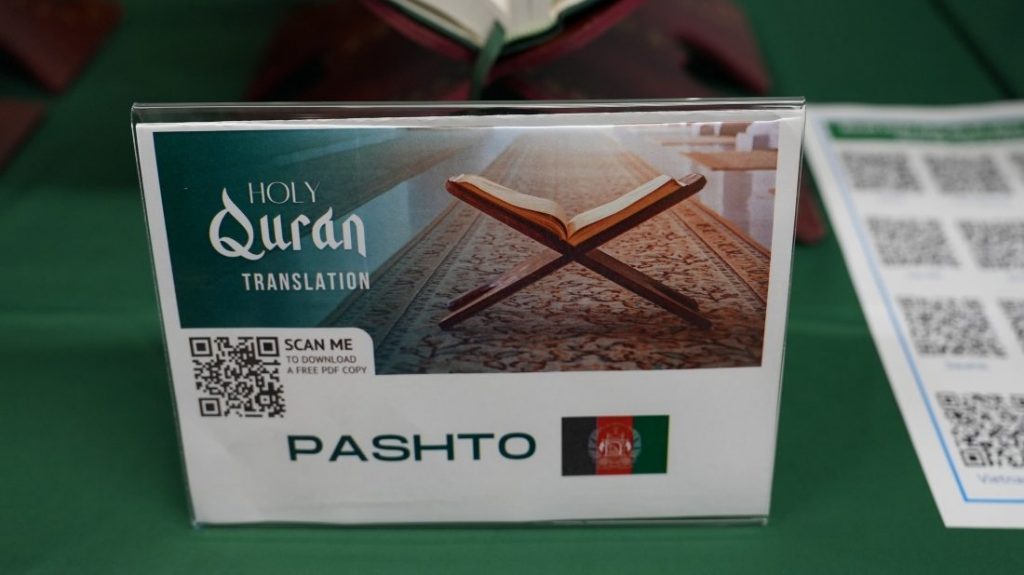
Pashto is one of the two official languages of Afghanistan (the other is Dari) and is spoken natively in the Pakistani province of Khyber Pakhtunkhwa. It is spoken by nearly 50 million people in total.
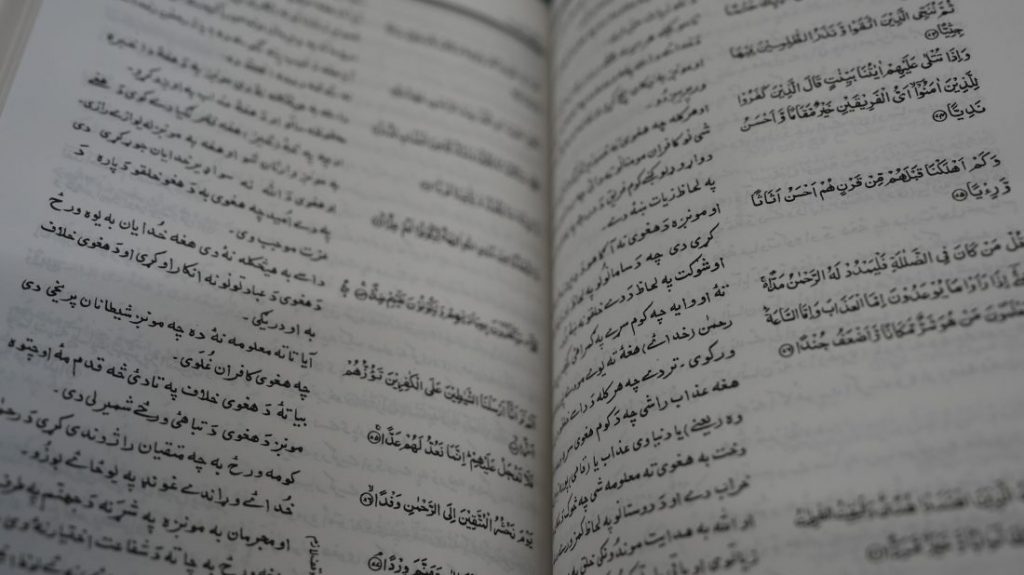
Pashto belongs to the Indo-Iranian branch of the Indo-European language family. It is related to Persian and Balochi. It is distantly related to Urdu and Hindi. It is very distantly related to English.
Persian

Persian (also known as Farsi) is the national language of Iran. A dialect of Persian called Dari is one of the two official languages of Afghanistan (the other is Pashto). Another dialect of Persian called Tajik is the official language of Tajikistan. Tajik is written in Cyrillic script (basically it’s Persian written with Russian letters).
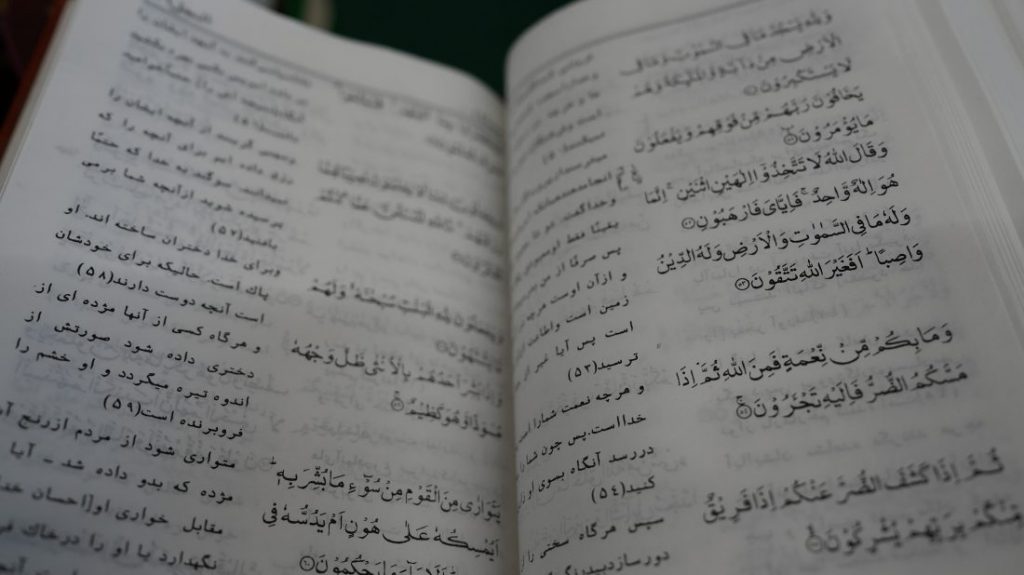
Persian belongs to the Indo-Iranian branch of the Indo-European language family. It is related to Pashto and Balochi. It is distantly related to Urdu and Hindi and very distantly related to English.
Portuguese
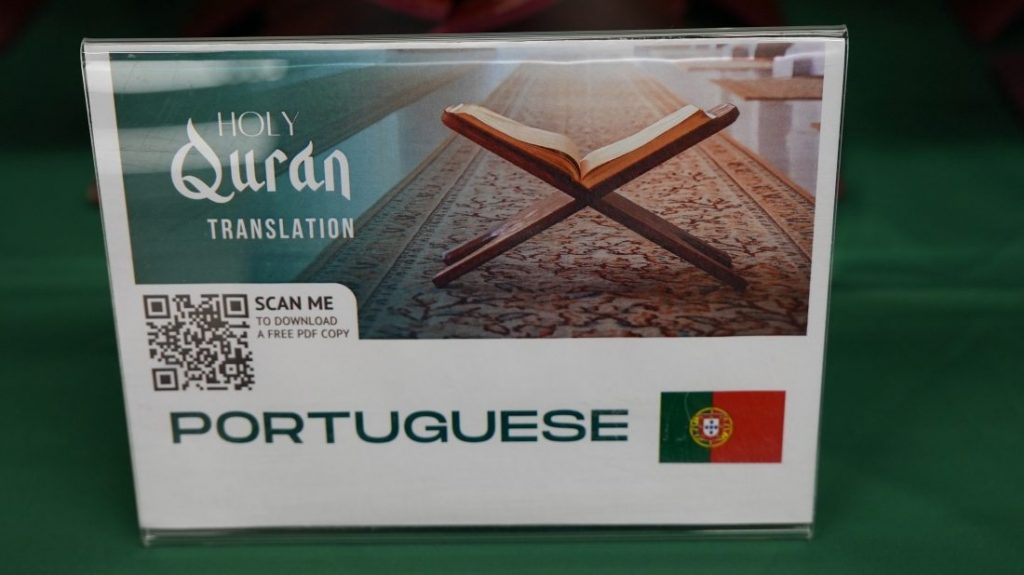
Portuguese is the national language of Brazil and Portugal. It is spoken by over 250 million people worldwide.
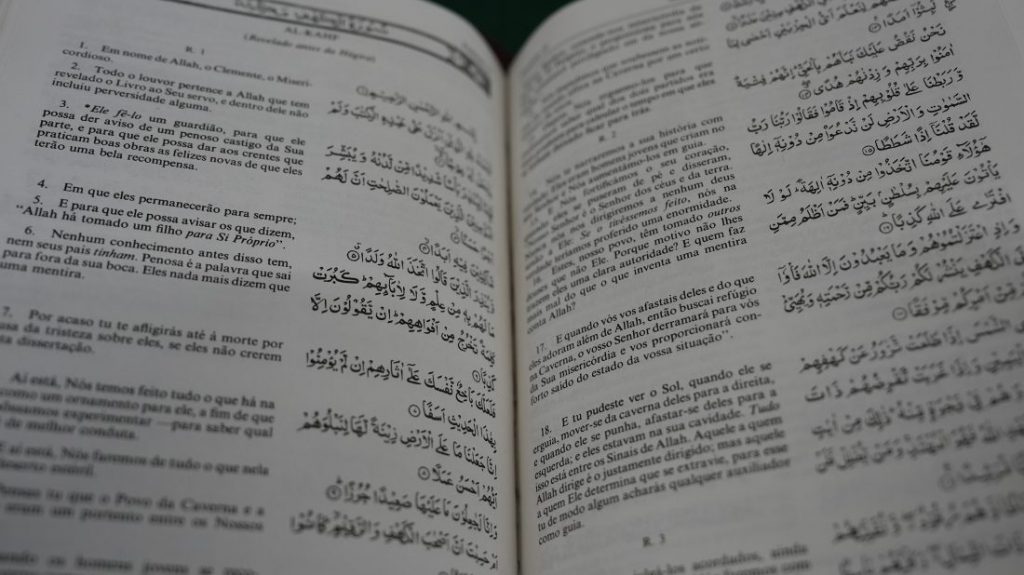
Portuguese belongs to the Romance branch of the Indo-European language family. It is closely related to Spanish, Italian and French.
Russian
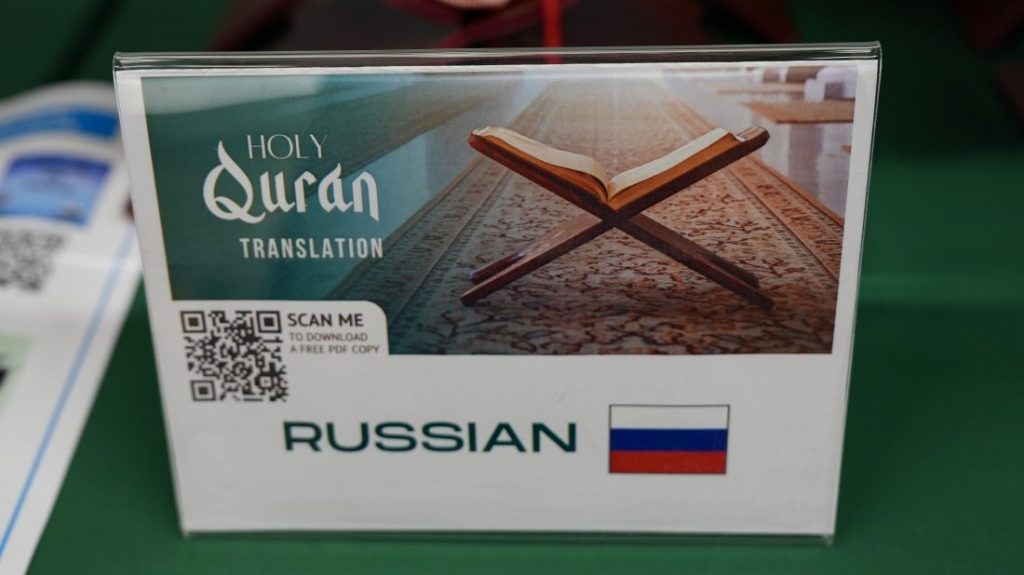
Russian is the national language of Russia and still has a strong presence in many former Soviet countries (e.g. Kazakhstan). It is spoken by nearly 250 million people in total.
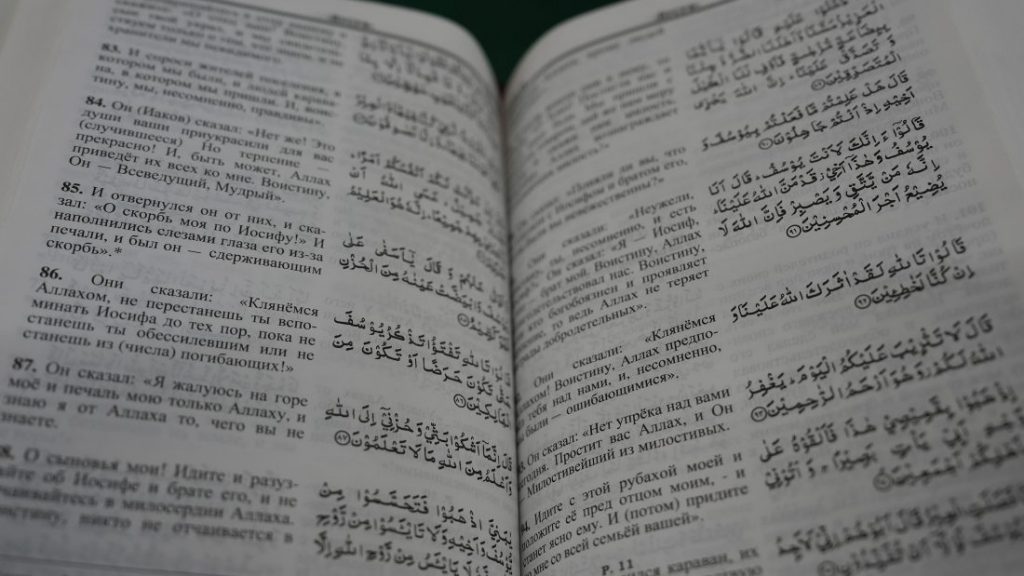
Russian belongs to the Slavic branch of the Indo-European language family. It is closely related to Ukrainian and Belarussian. It is also related to Polish and Czech. It is very distantly related to English.
Sinhala
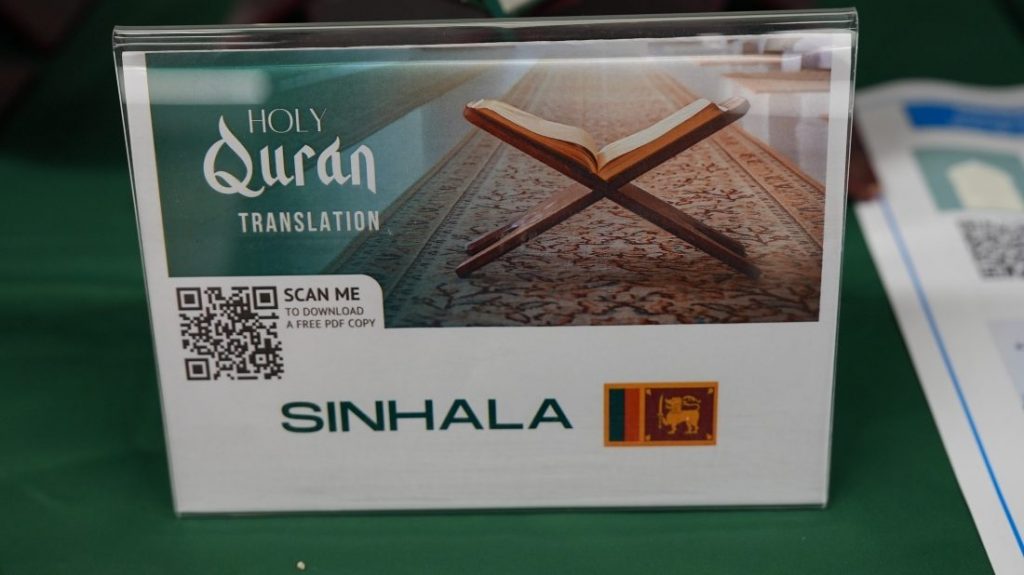
Sinhala is one of the two official languages of Sri Lanka (the other one is Tamil). It is spoken by approximately 20 million people.
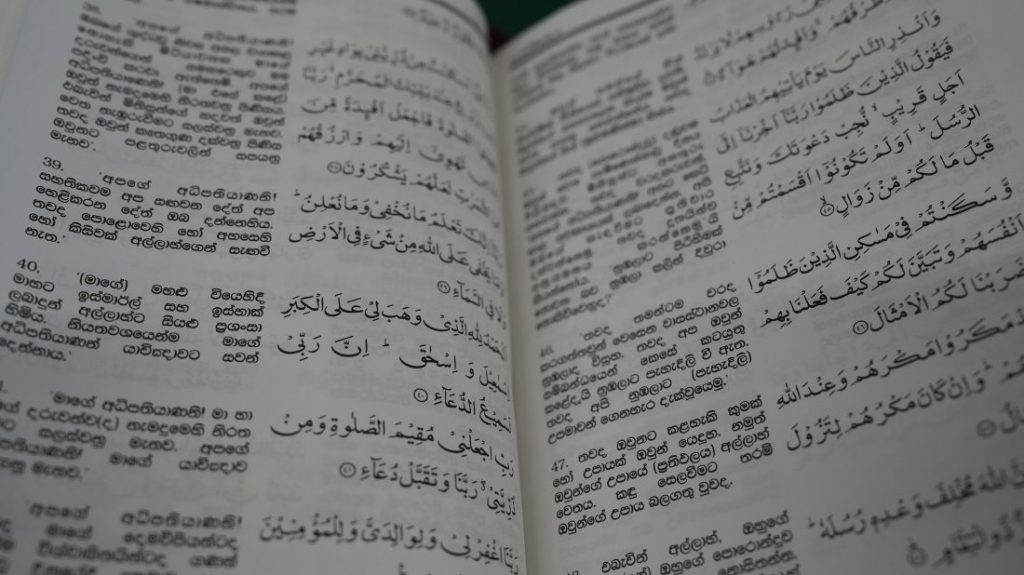
Sinhala belongs to the Indo-Aryan branch of the Indo-European language family. It technically belongs in the same branch as Northern Indian languages like Hindi but is quite different from them due to its being geographically isolated in Sri Lanka (near South India), at some distance from its relatives.
Turkish
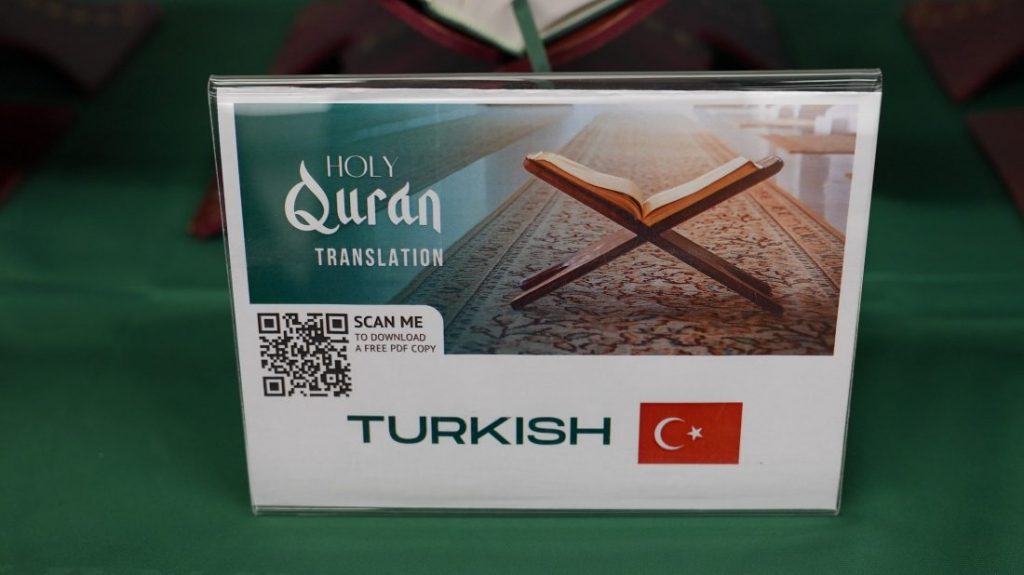
Turkish is the official language of Türkiye. It is spoken by around 90 million people.
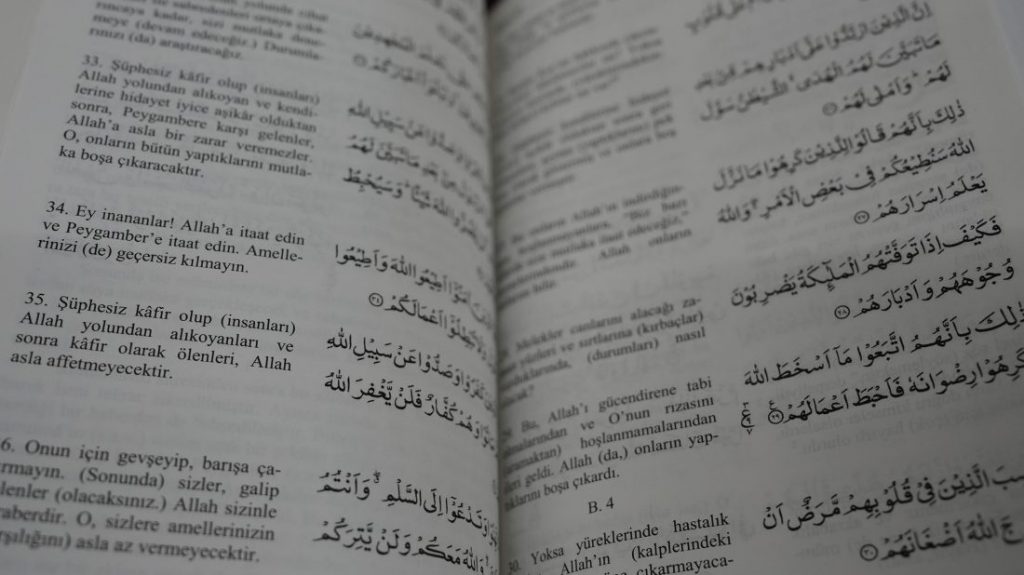
Turkish belongs to the Turkic language family (no surprises there). It is related to other Turkic languages, nearly all of which are in Central Asia e.g. Kazakh, Uzbek, Kyrgyz and the Uyghur language spoken in the Chinese province of Xinjiang.
Urdu
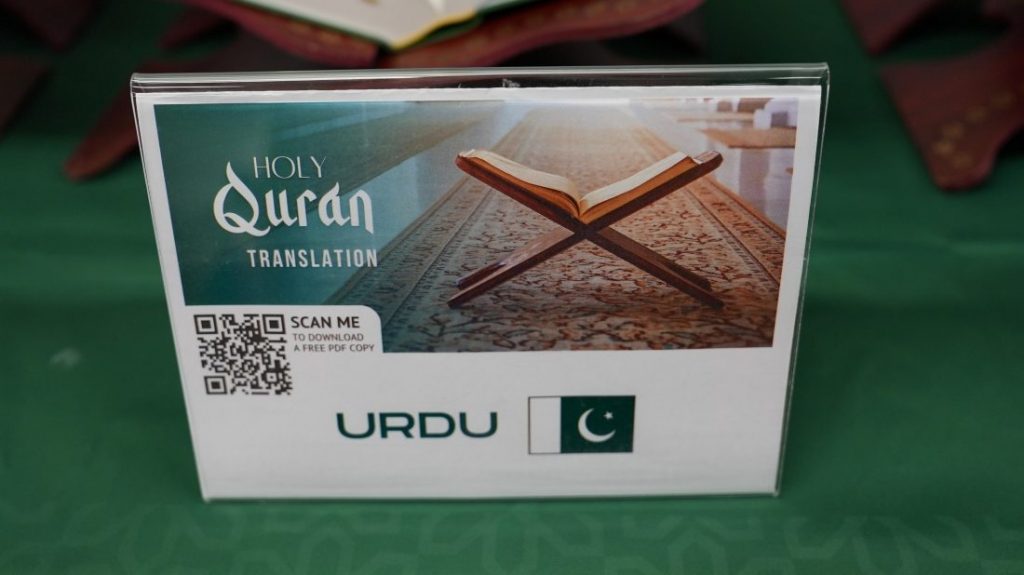
Urdu is the official language of Pakistan and is also widely spoken in India. In total, it has around 250 million speakers.
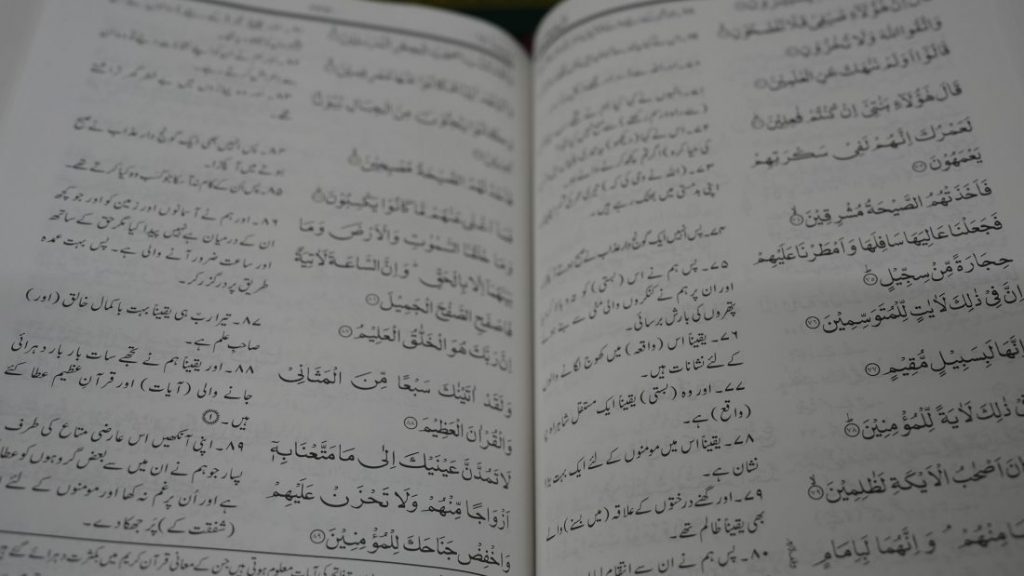
Urdu belongs to the Indo-Aryan branch of the Indo-European language family. It is mutually intelligible with Hindi and closely related to Punjabi. It is also related to Sindhi, Gujarati, Nepali and Bengali among other languages. It is more distantly related to Persian, Balochi and Pashto. It is very distantly related to English.
Vietnamese
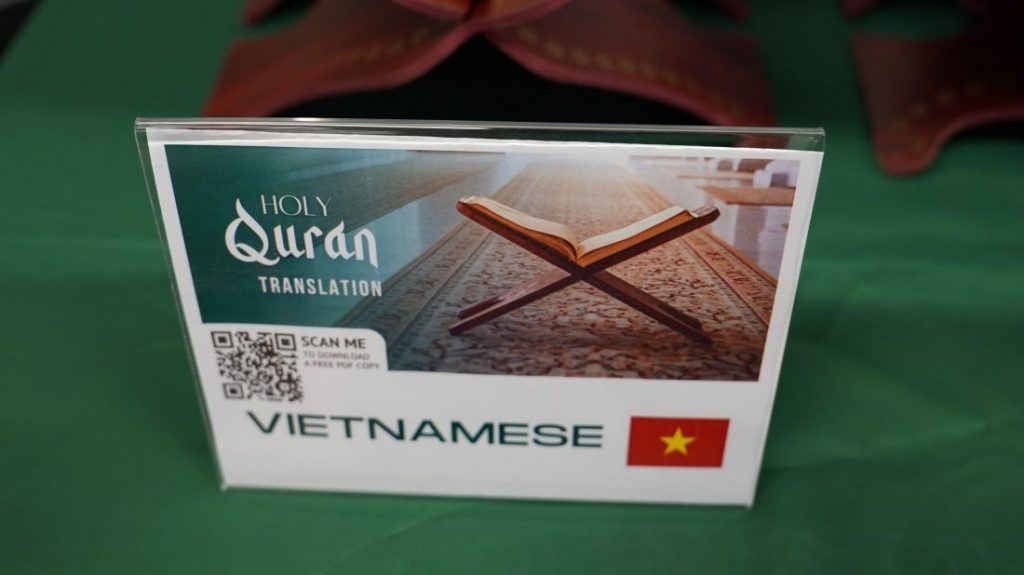
Vietnamese is the official language of Vietnam. It has nearly 100 million speakers.
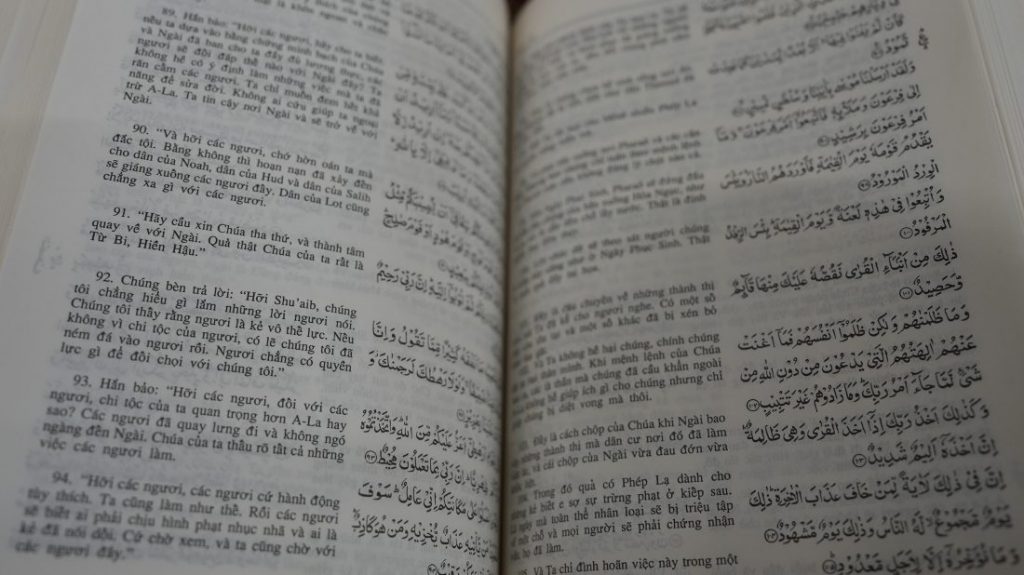
Vietnamese belongs to the Austroasiatic language family. It is related to the Khmer language of Cambodia. It is completely unrelated to Chinese which belongs to a totally different language family. It is also completely unrelated to Thai.
About the Author: Mansoor Dahri is an online editor for The Review of Religions. He graduated from UCL in BA Ancient Languages.






